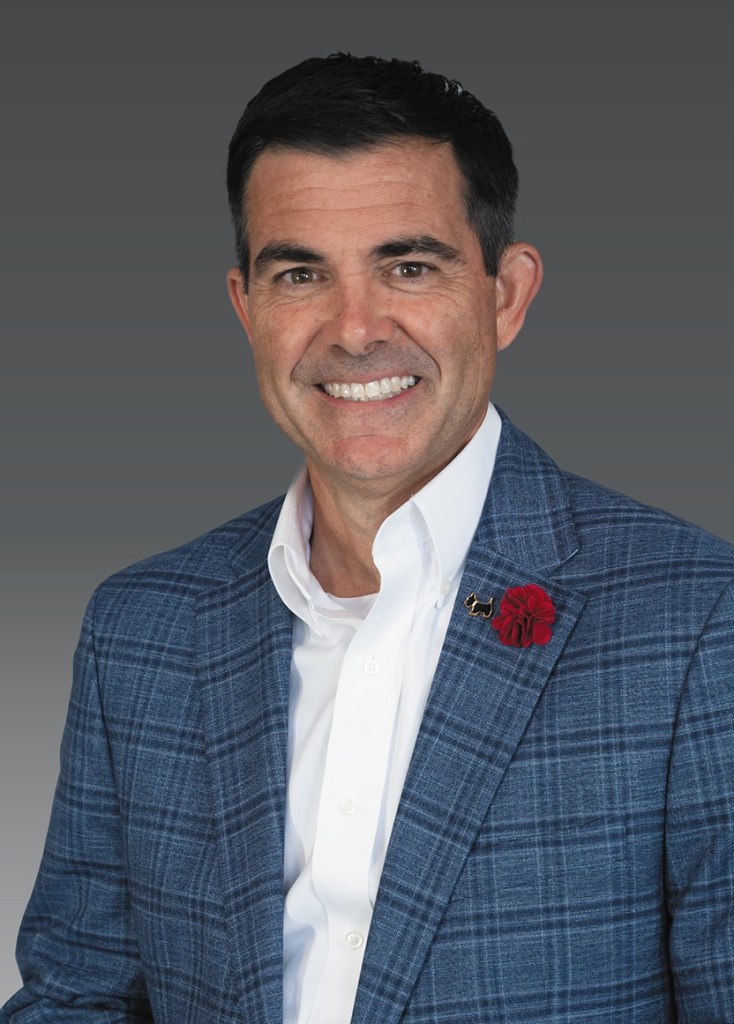Agency M&A Update: Seeing Double

By: Russ Banham
The number of “for sale” signs in the independent agency ranks is at a decade-long high—and climbing.
The volume of mergers and acquisitions among agents and brokers hit a near-record pace in 2014, spurred primarily by private equity-backed buyers eager to acquire insurance agencies for their recurring revenue. At the same time, many older agency principals are eager sellers, interested in using outside capital to grow their businesses.
At press time, financial advisory firm MarshBerry had tallied 247 announced transactions in the U.S. through November—the largest 10-month total in the past 10 years. This compares with 224 deals in all of 2013 and 325 throughout 2012. That year chalked up the industry’s record M&A volume, as buyers rushed to conclude deals before the return of capital gains taxes on Jan. 1, 2013.
“I’d have to say it’s an incredibly robust seller’s market,” says Phil Trem, vice president at MarshBerry.
Bob Pettinicchi, executive vice president at InsurBanc says large acquirers perceive agencies as a good investment and a way to add revenue. “Agencies are being bought like crazy,” he says.
Approximately one in 10 agencies have been involved in an acquisition or a merger in the past two years, according to the biennial 2014 Future One Agency Universe Survey published by the Big “I,” which reports much of this activity involved large and jumbo-sized agencies.
Major buyers include a mix of private equity-backed firms and public companies, including Arthur J. Gallagher & Co., HUB International Ltd., USI Insurance Services, Marsh & McLennan Agency, Brown & Brown, BroadStreet Partners and AssuredPartners. “They’re hungry, have lots of money behind them, capital is cheap and the valuations on agencies are solid,” Pettinicchi says.
Why Now?
But is buying an agency at a time when premiums are sluggish a wise investment? Timing is everything—although the property-casualty insurance market is still relatively soft in most major lines, acquiring retail agencies now puts buyers in a good position for greater commission income once the market cycle turns.
Even without bullish premium commission income, it’s the recurring revenue of agencies that has private equity so enthusiastic about investing in the business. “You sell the insurance policy one time and then it renews, on average, for the next seven years,” explains Chris Hughes, managing director at M&A Services, Inc., a New York-based advisory firm to the insurance industry. “Few industries offer this kind of reliable cash flow.”
“It’s predictable income,” Trem agrees. “Even in a down year, you can expect some kind of return. It’s also a highly fragmented industry with 20,000 to 30,000 agencies, so opportunities remain for continuing consolidation.”
Other factors opening up buyers’ wallets include agencies’ high profit margins and low price of entry. “The capital requirements in the agency and brokerage business are very low,” says Kevin Stipe, president of Reagan Consulting. “You don’t have to invest in plant and equipment or inventory. It doesn’t cost all that much to run an insurance agency, and the margins typically are good.”
With regard to public company appetite, price multiples are a key factor. “Look at the P/E [price-to-earnings] ratios on public companies like Brown & Brown and Gallagher,” Hughes says. “A year ago, they were in the mid-teens. Now they’re trading in the low 20s. If they can buy something trading at a P/E of $8 and it goes on to their earnings and they get to trade it at $20, that’s a huge arbitrage.”
The uptick in the stock market hasn’t hurt, either. “If you look at the public brokers’ market capital as a multiple of their EBITDA [earnings before interest, taxes, depreciation and amortization—a measure of cash flow], it’s trading at a pretty high rate, allowing them to pay higher market values,” Hughes explains.
MarshBerry statistics are particularly instructive about top buyers’ zeal for deals. Gallagher leads the hunt with 21 transactions year-to-date, followed by AssuredPartners with 18 and HUB with 17. AssuredPartners’ history is a case study in how to build a national insurance brokerage from scratch: The company launched in 2011 when private equity firm GTCR teamed up in a partnership with two former executives from Brown & Brown to form AssuredPartners. The single goal? Acquire agencies and brokers.
GTCR initially pumped a reported $250 million into the partnership, gradually levered it up with more debt and then started making platform acquisitions. Between its inception and the present time, it has racked up 63 transactions. “From nothing, they are now a top-10 broker,” says Hughes, who notes he would not be surprised if another AssuredPartners is waiting in the wings.
Industry experts predict heightened M&A activity will persist through 2015, absent an interest rate hike or other economic surprise. “They’re all on a pace to continue to buy up more agencies,” Pettinicchi says.
“Buyers are not just looking to put their money in an agency and park it there,” Stipe agrees. “They’re looking to deploy it in follow-on acquisitions.”
As agency owners reach an age when they want to sell, it creates what Pettinicchi calls a “perfect storm” with buyers who have more available capital. “Even banks, which used to be buyers of agencies, are now selling them,” he says. “The competition is driving up the deal values.”
Target Acquisitions
What types of agencies, demographically speaking, are on the radar for acquirers? For the most part, firms owned and managed by principals just shy of retirement and with a different kind of perpetuation plan—one that calls for other people’s money to grow the business into the future.
“For these owners, they’re getting to a point where they have less interest in investing their own capital to grow the agency from $8 million to $10 million,” Trem says. “They’d rather take those chips off the table and leverage another firm’s resources to drive what can be a much bigger organization—one in which they may still own a part.”
Most of the principals Hughes has worked with are in their late 40s and early 50s and are looking for someone to bring capital to the table. “For the principal, this can mean more markets and a larger infrastructure,” he explains. “In some cases, they can sell half the agency and immediately be associated with a larger enterprise. Five years later, they can sell the rest for more.”
For smaller retail agencies at Main Street level, M&A activity is a mixed bag. Older principals at larger platform-type agencies in the $10–$15 million revenue range who are considering retirement in a few years have the opportunity to get out of the business while the pricing is hot. But for smaller agencies with younger principals, the impact is less positive.
Despite findings from the 2014 Future One Agency Universe Study that suggest the total number of agencies has remained relatively steady since 2006, many industry watchers believe the number of insurance agencies in the aggregate will decrease down the line. “The volume will shrink somewhat steadily, but not dramatically,” Stipe says. “There will be this weird combination of agencies with $5 million in revenue and above growing in number at the upper end, and the number of agencies at the lower end declining.”
The one wild card? The millennial generation. “The agency business is an entrepreneurial business,” says Madelyn Flannagan, Big “I” vice president of agent development, research and education. “No one should ever underestimate the potential for more startups to launch in the years ahead, filling the depleting ranks. Millennials appear to be individuals who like setting their own agendas and timeframes. Being an agency principal is great for someone of that mindset.”
Russ Banham is an IA contributor.
Small Agency SqueezeWill Main Street agencies become the victim of M&As? “The mom-and-pop agencies, of which there are thousands, will be squeezed out,” projects Kevin Stipe, president of Reagan Consulting. “A lot of their revenue comes from small commercial and middle-market personal lines, and those are the two lines of insurance most vulnerable to commoditization and technology solutions—hence the aggressive marketing efforts of the direct writers.” Madelyn Flannagan, Big “I” vice president of agent development, research and education, agrees that the number of current smaller retail agencies could dwindle. “There’s a chance that the mom-and-pops in the future will not be on Main Street anymore,” she says. “How far out remains unsure, although there are many parts of the country that still need and have a desire for local agencies.” In response to these pressures, Flannagan notes many smaller agencies are staying in the game by achieving economies of scale and attracting needed markets by clustering with other smaller agencies, sharing back-end services and joining market access providers: “They’re still operating separately, but together.” —R.B. |










